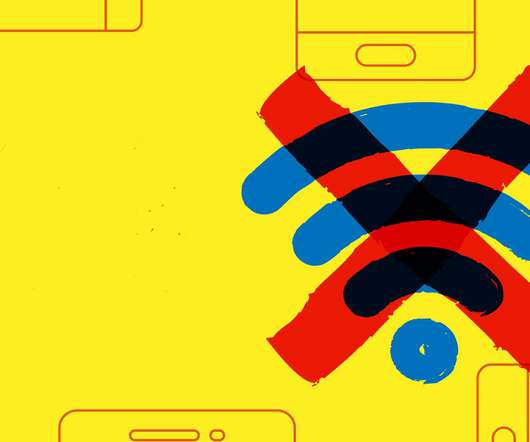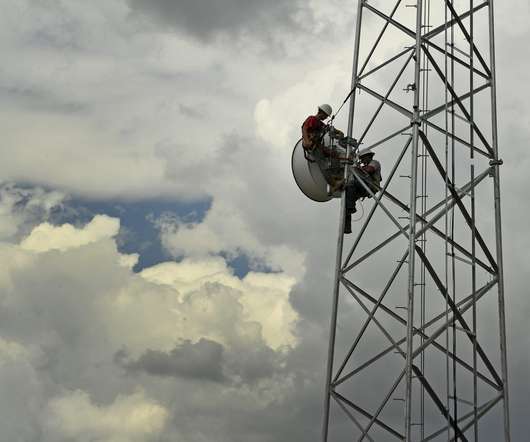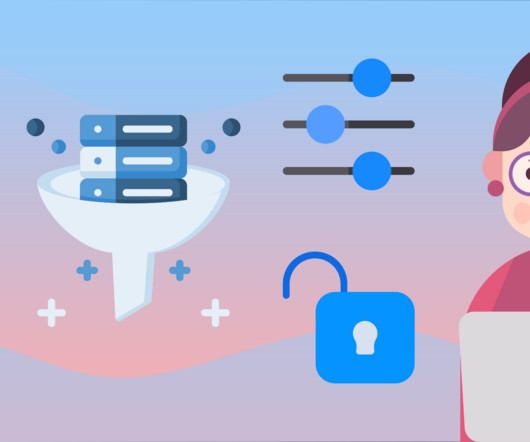New E-rate rules could narrow the homework gap
eSchool News
OCTOBER 17, 2024
In July, the Federal Communications Commission (FCC) approved the use of E-rate funds to loan Wi-Fi hotspots that support students, school staff, and library patrons without internet access. For an update on the 2025 E-rate, register for an eSchool News webinar featuring expert insight. It is 2024 in the United States.
















































Let's personalize your content